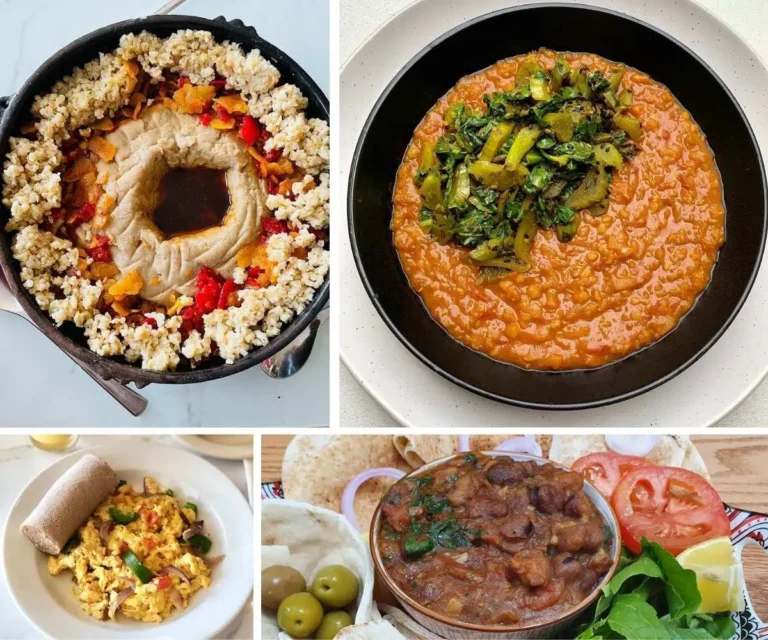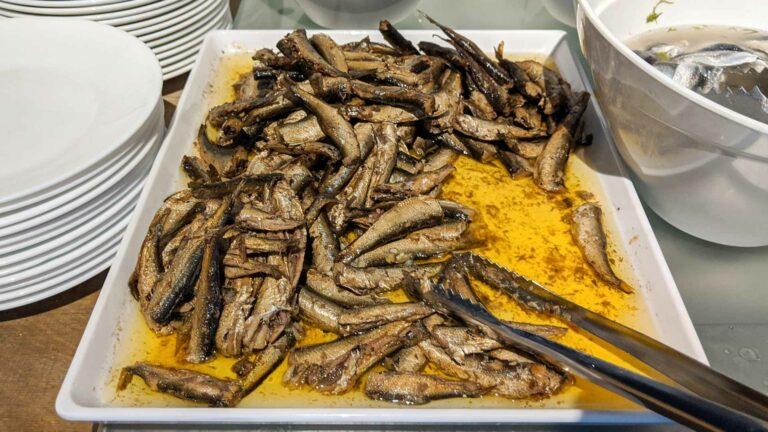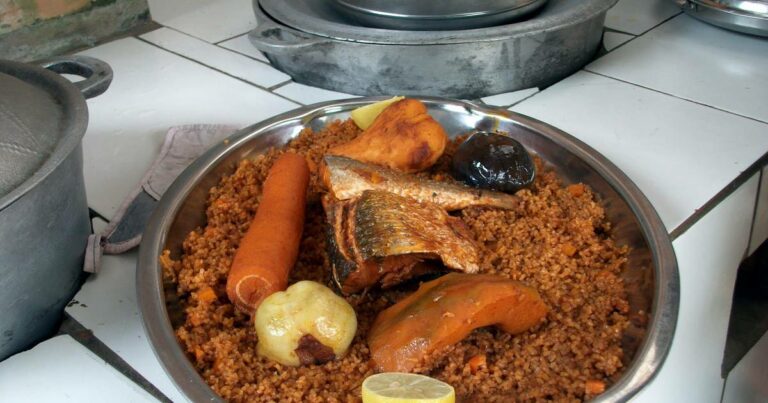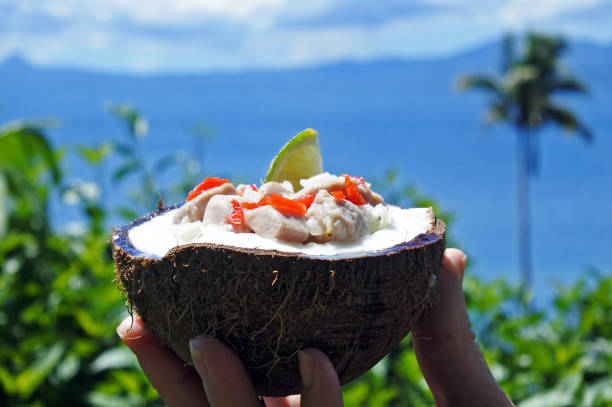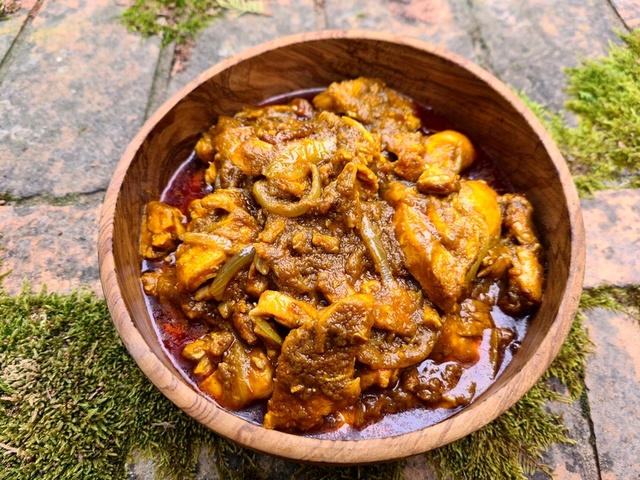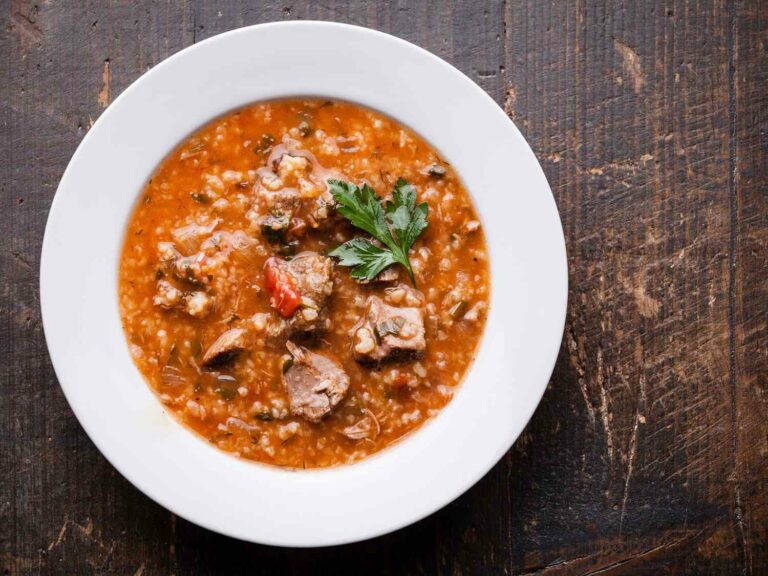Introduction: Exploring Eritrean Cuisine
Eritrean cuisine is a unique blend of East African and Middle Eastern flavors, with influences from Italian, Indian, and Turkish cuisines. The country’s cuisine is known for its diverse array of spices and herbs, which create rich and complex flavors that are sure to tantalize your taste buds. If you’re looking to try Eritrean cuisine, then you’ll want to be sure to sample some of the delicious condiments and sauces that are used to enhance the flavor of the dishes.
Understanding Eritrean Condiments and Sauces
Eritrean cuisine is known for its use of a variety of sauces and condiments, each of which adds a unique flavor to the dishes. These include spicy, tangy, and flavorful sauces that are used to enhance the taste of the food. Some of the most popular Eritrean condiments and sauces include Berbere, Zigni Sauce, Shiro Sauce, Alicha Sauce, and Tegelese Tesmi.
Berbere: The Spicy Blend of Eritrea
Berbere is a popular spice blend used in Eritrean cuisine. It is made by grinding together a variety of spices, including chili peppers, garlic, ginger, coriander, cardamom, and fenugreek. Berbere is a must-try for any spice lover, as it adds a spicy and smoky flavor to dishes like stews, roasted meats, and lentils.
Zigni Sauce: The Traditional Eritrean Favorite
Zigni Sauce is a traditional Eritrean sauce that is made with tomato, onions, garlic, Berbere, and other spices. It is typically served with Injera, a spongy flatbread that is a staple in Eritrean cuisine. Zigni Sauce is a must-try for anyone looking to experience the bold and flavorful taste of Eritrean cuisine.
Shiro Sauce: The Must-Try Eritrean Delicacy
Shiro Sauce is a popular Eritrean delicacy made from ground roasted chickpeas and spices. It has a thick and creamy texture and is typically served with Injera. Shiro Sauce is a must-try for anyone looking to experience the unique and delicious flavors of Eritrean cuisine.
Alicha Sauce: The Mild and Flavorful Eritrean Sauce
Alicha Sauce is a mild and flavorful Eritrean sauce that is made with turmeric, ginger, garlic, and other spices. It is typically served with vegetables, lentils, or meats and is a great option for anyone who wants to enjoy Eritrean flavors without the heat of Berbere.
Tegelese Tesmi: The Tangy Eritrean Sauce
Tegelese Tesmi is a tangy Eritrean sauce made from lemon juice, garlic, and other spices. It is typically served with grilled meats or vegetables and adds a bright and refreshing flavor to any dish.
Injera: The Staple Eritrean Accompaniment
Injera is a spongy flatbread that is a staple in Eritrean cuisine. It is typically made from teff flour, which gives it a slightly sour taste. Injera is served with almost every Eritrean dish and is used to scoop up the sauces and stews that accompany the meal.
In conclusion, Eritrean cuisine is a vibrant and flavorful cuisine that is sure to impress anyone looking to try something new. Whether you’re a fan of spicy flavors or prefer milder tastes, there is a sauce or condiment in Eritrea that is sure to suit your palate. So the next time you’re looking to add some excitement to your meal, give Eritrean cuisine a try!

